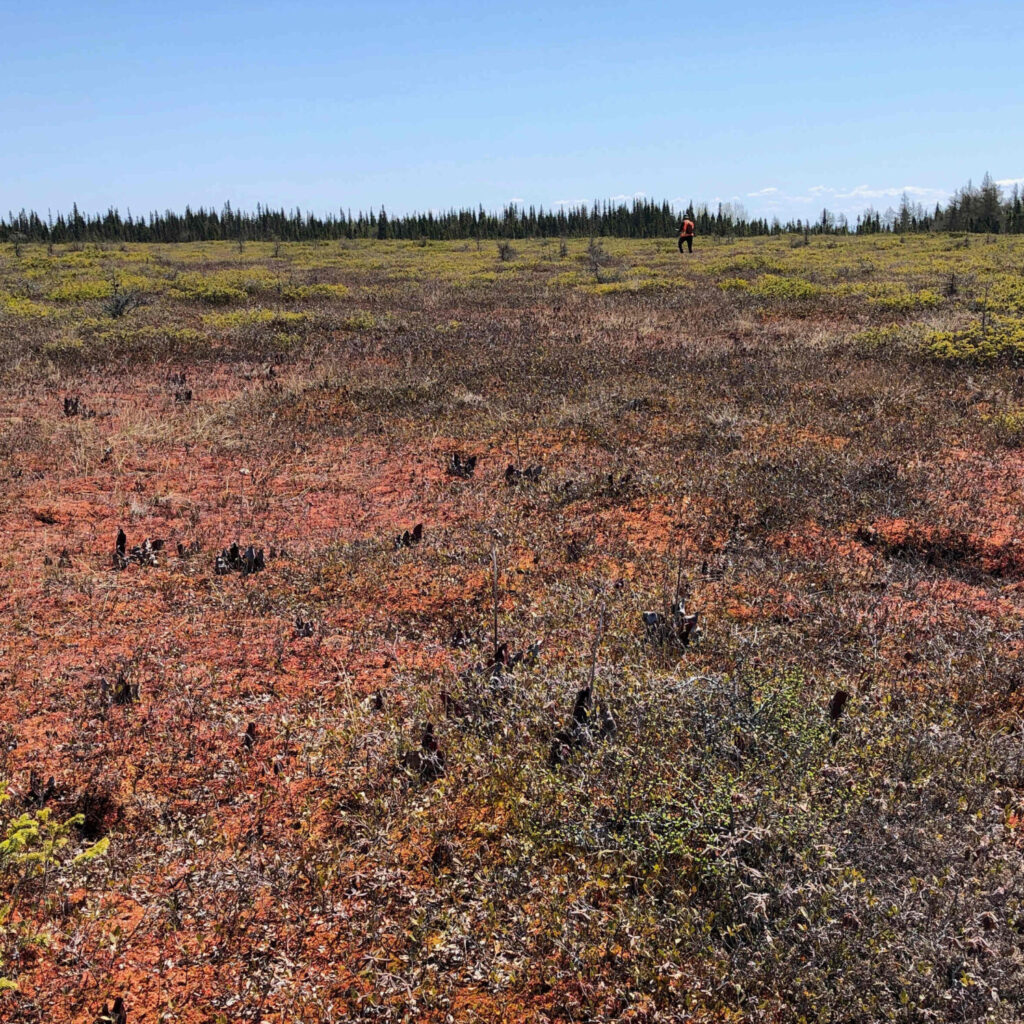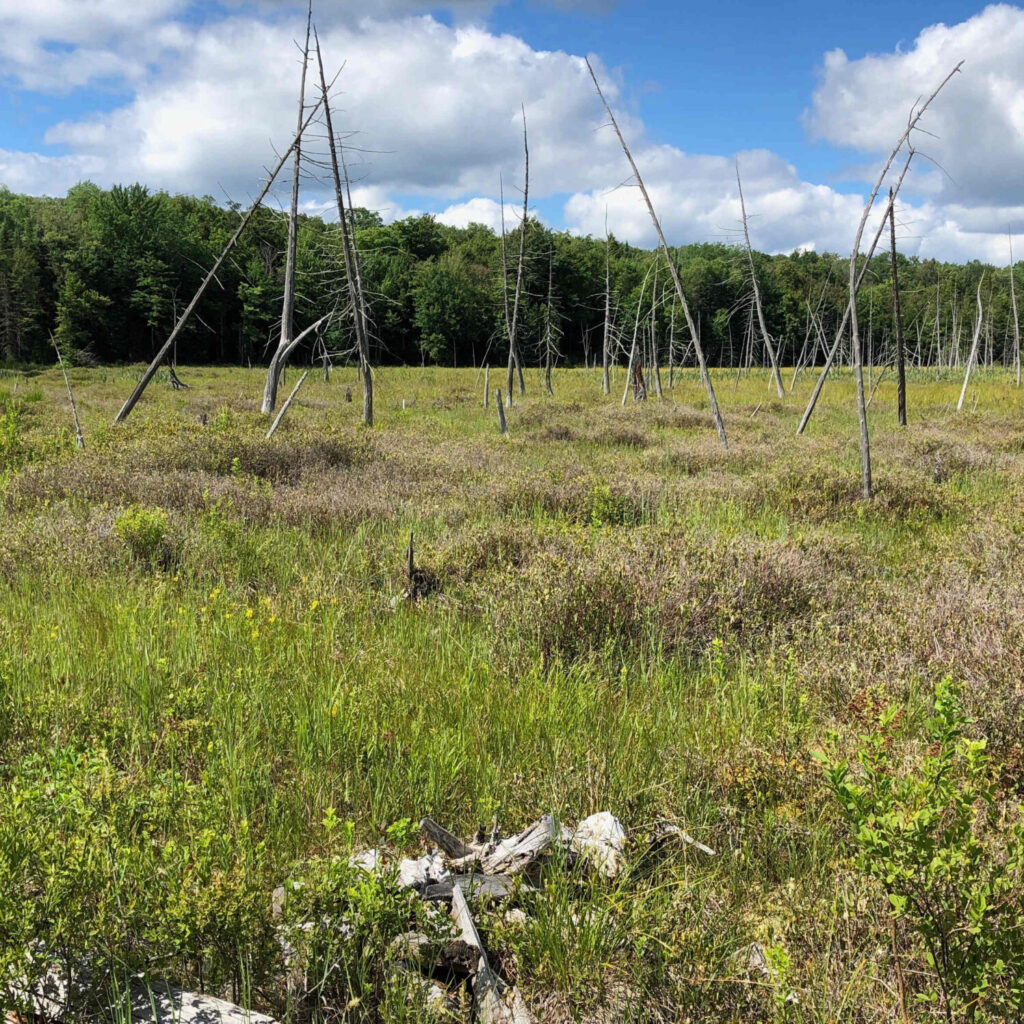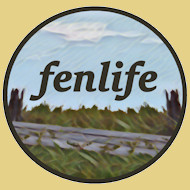If you’ve read at bit about us, you’ll know we have, what some might consider, an unnatural love of wetlands. But what exactly is the “fen” in fenlife?
It’s probably best to start with the basics of wetlands.


Wetland Basics
What is a wetland? Most simply, its land that’s wet. That might seem a bit obvious, but in fact it sums up the definition of a wetland pretty well. The Canadian government defines wetlands as areas that are flooded or saturated with water frequently enough to have plants and soils that indicate wet conditions.
Wetlands in Canada are broken into five different classes: shallow open water, marsh, swamp, fen and bog. Shallow open water and marshes are mineral soil wetlands, fens and bogs are organic soil wetlands and swamps can have either mineral or organic soil. So, a fen is a type of organic soil wetland – these are also called peatlands.
So, what is a fen exactly?
A fen is a wetland area where the remains of dead plants have accumulated over time to create an organic matter rich soil called peat. Bogs also have peat, but fen peat is richer in minerals because some of the water they receive comes from the surrounding landscape. This also makes the plant community in fens more diverse than bogs. Fens may have mosses blanketing the ground, but also many leafy plants like grasses, reeds, and sedges, and lots of shrubs like willows and alders.
Is it all fen at fenlife?
The main wetland on our property is actually a bit of a mishmash of wetland classes. Thanks to several beaver dams across a small stream, there is a beaver pond that creates a shallow open water area. Surrounding that are marshy areas and a large section that has accumulated enough peat to be classified as a fen. Turns out we also have quite a bit of swamp elsewhere on the property, but that’s a story for another day.
